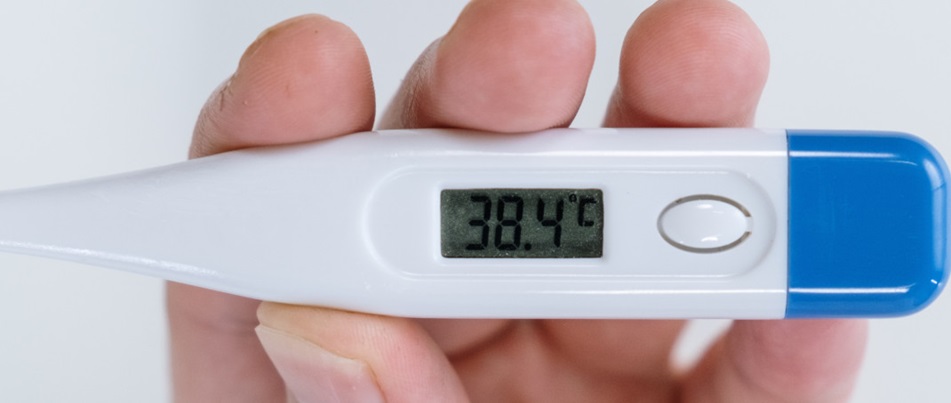
Measuring temperature is an integral part of many industrial and scientific processes. Temperature measurement sensors detect changes and convert them into a signal that a computer or other electronic device can read. There are many different temperature sensors, each with its advantages and disadvantages.
Mercury Thermometers
The most common temperature sensor is the mercury-in-glass thermometer. It consists of a glass tube filled with mercury, with a constriction at the bottom called the bulb. The temperature increase causes the mercury to expand and rise in the tube. The temperature can be read where the meniscus meets the scale etched into the glass.
Bimetallic Strips
It is made of two strips of different metals welded together. As temperature increases, one metal expands more than the other, causing it to bend. This movement can activate a switch or actuate a pointer on a dial. Bimetallic strips are often used in thermostats and temperature gauges.
Thermocouples
They are made of two wires of different metals joined at one end. When the junction of the two wires is heated, a voltage is generated that can be measured. The voltage is proportional to the temperature and the difference between the hot junction and the measurement point.
Thermocouples are widely used because they are rugged and can measure a wide range of temperatures. They are often used in industrial applications where the high temperatures would damage other sensors.
Resistance Temperature Detectors (RTDs)
It is basically a wire coil or film wrapped around a ceramic or glass core. As temperature increases, so does electrical resistance. As a result, RTDs are used in various applications, from temperature control in incubators to process control in oil refineries.
Thermistors
It is a resistor with a resistance that varies with temperature. They are made of semiconductor materials such as copper oxide or manganese oxide. Thermistors are used in many temperature-sensing applications, such as automotive engine temperature sensors and HVAC systems.
Semiconductor Temperature Sensors
They are made of materials such as silicon or germanium. They work by measuring the change in electrical resistance with temperature. They are used in multiple applications, including automotive engine temperature sensors and computer CPU temperature monitors.
Infrared Thermometers
It measures the object’s temperature by detecting its infrared radiation. They are often used to measure the temperature of hot objects that cannot be touched, such as furnace walls or industrial process lines.
Radiation Pyrometers
It measures the temperature by detecting the electromagnetic radiation of the object. They are often used to measure the temperature of hot objects that cannot be touched, such as molten metal or the inside of a blast furnace.
Laser Thermometers
A laser thermometer measures the temperature of an object by measuring the amount of infrared radiation it emits. They are often used to measure the temperature of hot objects that cannot be touched, such as furnace walls or industrial process lines.
Temperature Loggers
It is a type of data logger that is used to record temperature readings over time. They are used in different applications, from monitoring food storage temperatures to tracking environmental conditions in greenhouses.
Mercury-in-glass thermometer
The most common temperature sensor is the mercury-in-glass thermometer, which consists of a glass tube filled with mercury, with a constriction at the bottom called the bulb. The temperature increase causes the mercury to expand and rise up the tube. The temperature can be read where the meniscus meets the scale etched into the glass.
Temperature sensors are helpful for measuring temperature in a variety of different ways. They can be used to measure the temperature inside buildings, outside on Earth’s surface, or even deep within the planet’s core. There is no shortage of choices when it comes to temperature measurement because there are so many different types of these devices available today!







